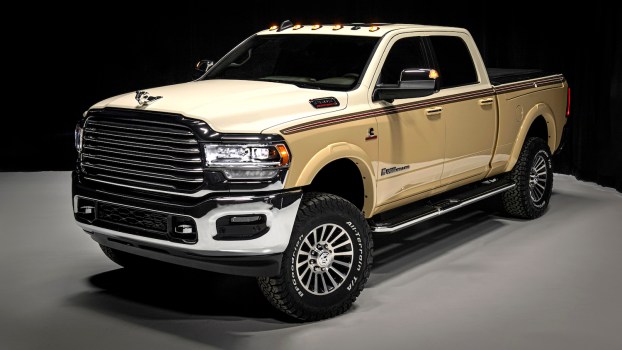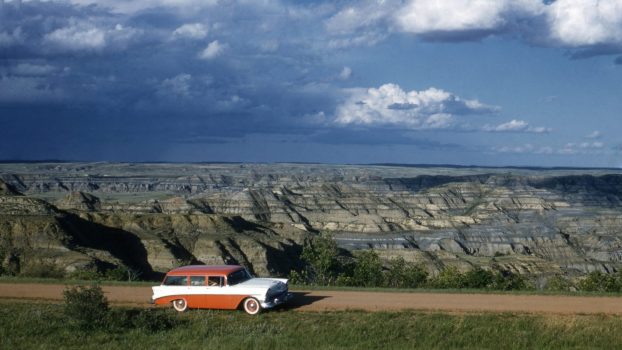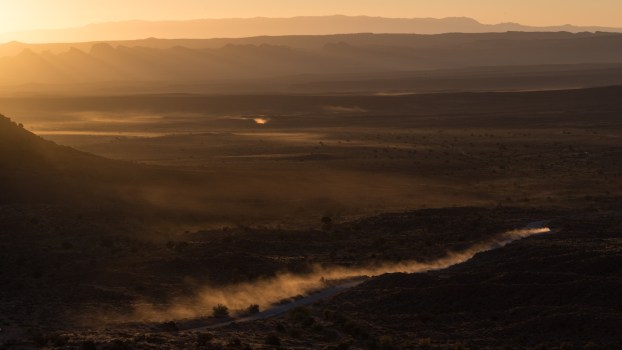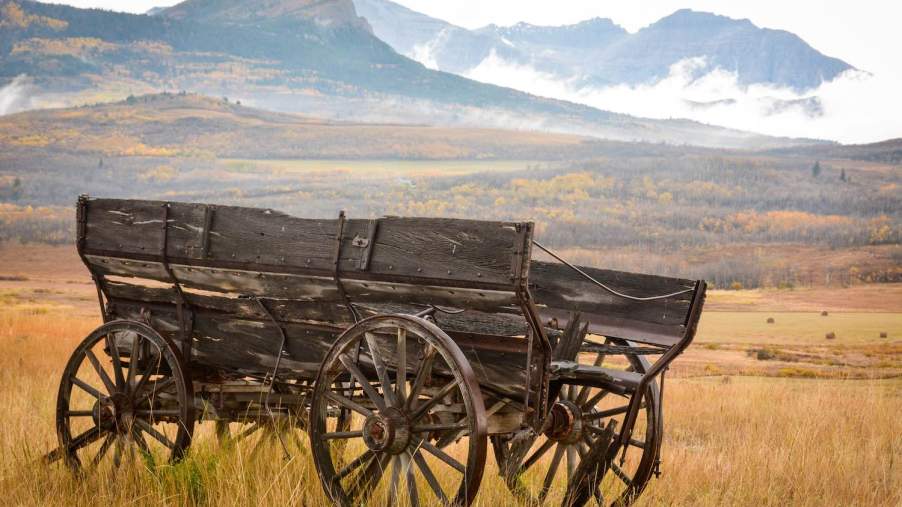
The Hitch Hiker in Bob Dylan’s ‘Wagon Wheel’ Never Made It to Tennessee! (True Route Finally Revealed)
“Wagon Wheel” is a song cowritten by Bob Dylan and Ketch Secor of Old Crow Medicine Show. It’s a perennial favorite; covers by Nathan Carter and Darius Rucker both made it onto the charts. This country/bluegrass classic describes the journey of a hitch hiker traveling down the east coast of the United States. The road trip route described in the song never made sense–until now.
We have YouTuber Sam Reid to thank for the latest theory on the route described in Wagon Wheel. But first, here’s what the lyrics say:
The song opens with: Headin’ down south to the land of the pines/I’m thumbin’ my way into North Caroline
The song is full of mixed travel metaphors including “southbound train,” and the titular “wagon wheel.” But in truth, it’s about a singer who is hitch hiking to North Carolina. So far so good. The next stanza even mentions a destination:
I made it down the coast in seventeen hours/Pickin’ me a bouquet of dogwood flowers/And I’m a-hopin’ for Raleigh, I can see my baby tonight
Things are getting steamy! The singer is making good time on their way to Raleigh, North Carolina to visit their sweetheart. They even stole some flowers from a Dogwood tree. Slick move.
Of course, New England lies at the top of the East Coast. And after the first chorus, the singer confirms that this is where they started: Runnin’ from the cold up in New England. The next stanza doubled down on the origin story with: Oh, the North country winters keep gettin’ me now.
So the song is about a straightforward roadtrip, right? Wrong. By the bridge, the route gets pretty convoluted:
Walkin’ due south out of Roanoke / I caught a trucker out of Philly / Had a nice long toke / But he’s a headed west from the Cumberland Gap / To Johnson City, Tennessee
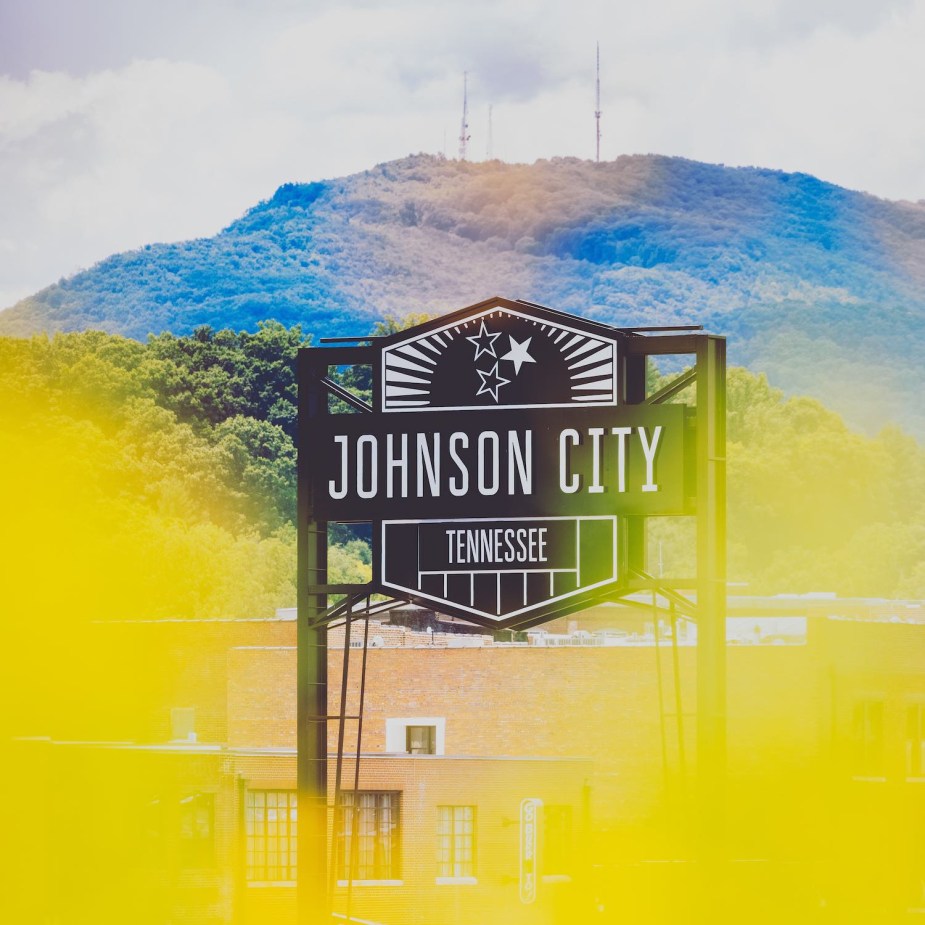
At first, this stanza seems to narrow the route down considerably. Walking due south out of Roanoke, West Virginia, would only make sense if the singer had come south on Interstate 81, then taken 220 out of Roanoke and toward North Carolina. The “trucker out of Philly” could indeed have turned south on 81 at some point and picked up the hitch hiker. But that’s where our proverbial “southbound train” comes off the tracks.
The Cumberland Gap is a pass on the border of Kentucky and Virginia, and it is 200+ miles from the 81 to 220 route. What’s more, it’s due west of Roanoke. There’s no way you could head south out of Roanoke and also hit the Cumberland Gap. And it gets weirder.
To drive from Roanoke to the Cumberland Gap, you have to drive through Johnson City, Tennessee. Yup, Johnson City is EAST of the Cumberland Gap. So if said trucker who hails from Philadelphia is driving west out of the Cumberland gap and thinks he’s headed towards Johnson City, I’d say he should lay off those nice long tokes.
This begs the question: Is there an actual “Wagon Wheel” route? We know there’s no way the singer truly went from New England to Roanoke, then south out of Roanoke and to the Cumberland Gap pass, then parted ways with the trucker (who thought he was going west out of the pass towards Johnson city), to make it to Raleigh in the same night.
But there’s another solution. You see, there’s a town in Virginia named Cumberland. It’s 360 miles east of the “Cumberland Gap” mountain pass which is on the border of Kentucky. Thus, it lies directly on the route described in the rest of the song. Here’s how it goes:
Singer hitch hikes south out of New England, catches a ride with a trucker in Philadelphia, Pennsylvania, continues to Cumberland, Virginia, then Roanoke, Virginia where he parts ways with his new smoking buddy to go south on 220 to Raleigh, North Carolina, while the truck continues west toward Johnson City, Tennessee.
The only problem is that there’s no mountain pass in Cumberland, Virginia called the Gap. But there is a clothing store. So obviously the dynamic duo from “Wagon Wheel” stopped en route for some sweet duds at the Cumberland GAP.
See YouTuber Sam Reid outline the “Wagon Wheel” route in the video below:
There’s a less exciting explanation for the seemingly contradictory lyrics. Bob Dylan wrote and recorded the chorus to Wagon Wheel in 1973. Then Ketch Secor of Old Medicine Show added some verses 25 years later, finally releasing the song in 2004. One songwriter may have had one vision for the roadtrip, while the other may have imagined a completely different route. But personally, I much prefer the whimsical image of the truck driver and his hitch hiker stopping at the GAP in Cumberland, Virginia.
Next read about what Carrie Underwood actually meant when she sang “Jesus, take the wheel,” or see Old Crow Medicine Show’s “Wagon Wheel” music video in this final video:
